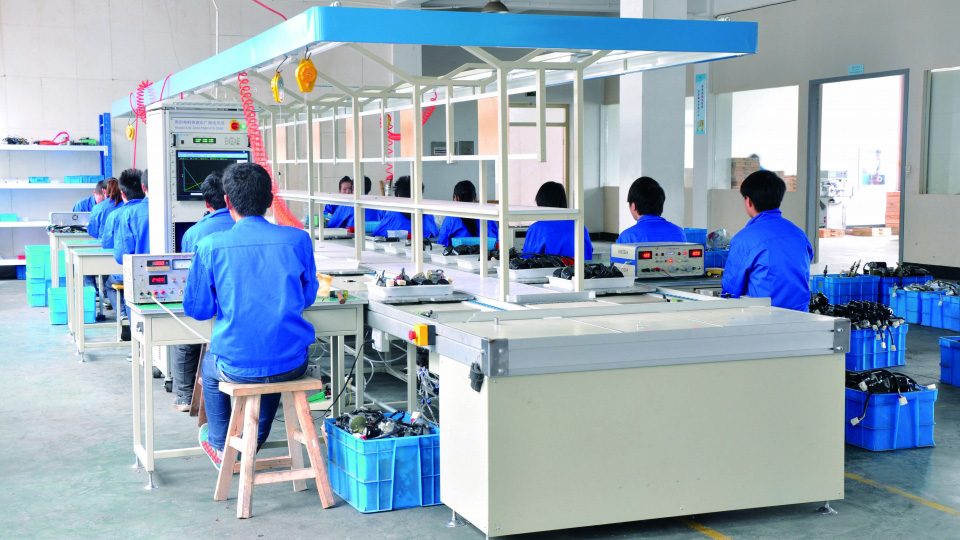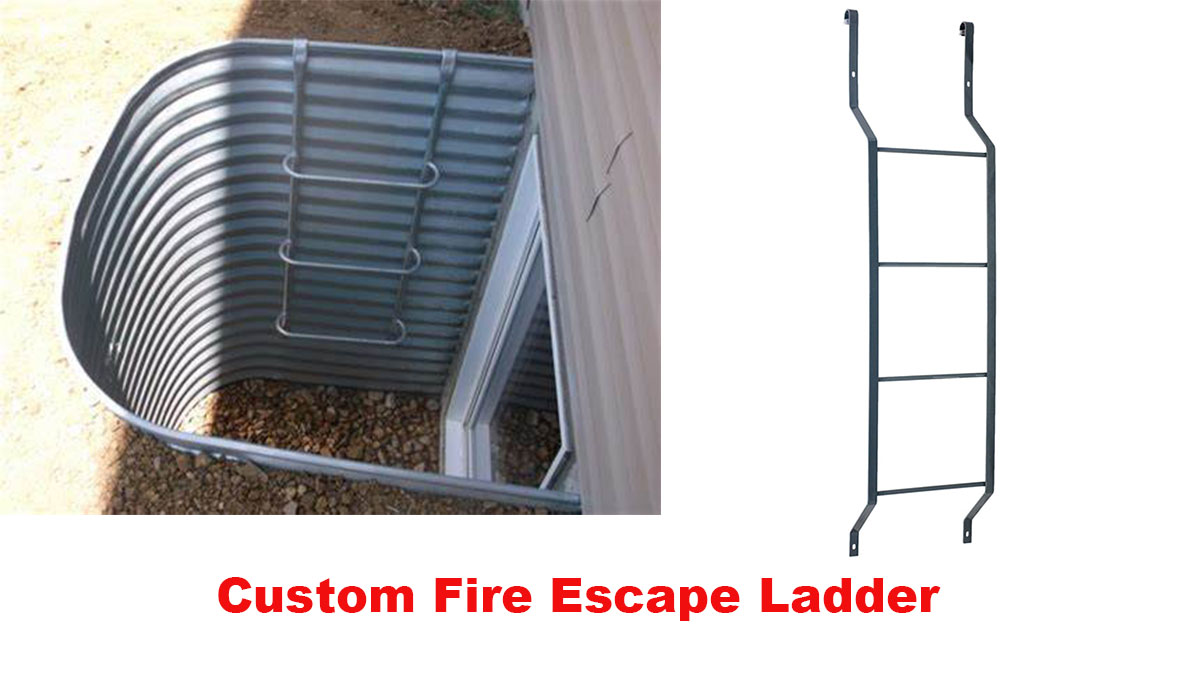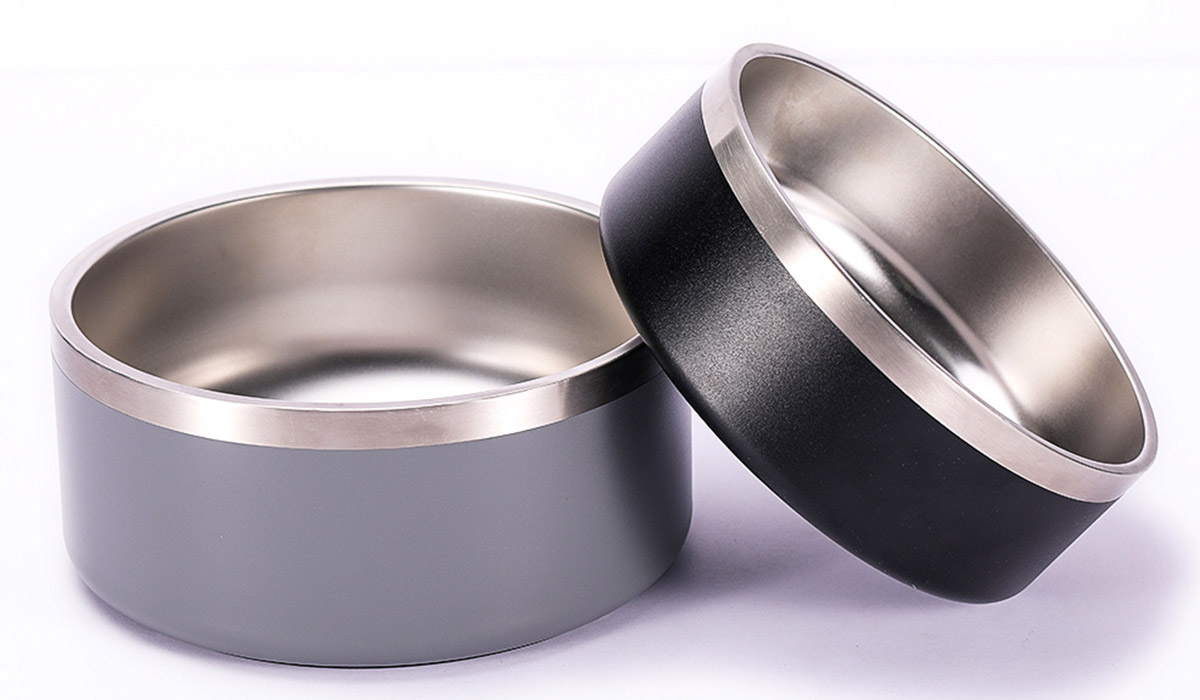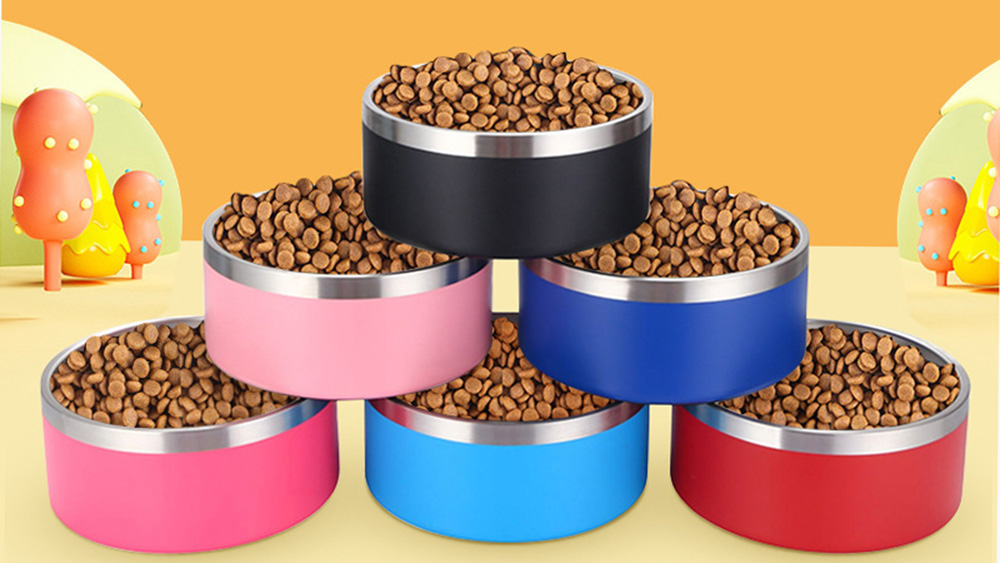Some really large factories appeared in the US and in Europe in the early 20th Century. The prime example is the Ford Motor Company and its huge factories. The basic idea was that the higher the number of pieces produced, the lower the unit cost. This is what 99%+ of Chinese factories still believe. They’d much rather make 100,000 widgets in one batch, rather than 100,000 widgets over three batches.
Why is this a problem? Because this notion is misguided. Toyota started reducing the size of production lots in the 1970s, with great results on costs, quality, and lead times. Since then, leading manufacturers everywhere–including Ford–have decided to process smaller batches. Focusing on large batches is looking for local optimizations, rather than driving overall costs down. But it also has an effect on quality. Here are the drawbacks of large lot production:
1. The first finished products can appear after weeks of production. Some factories do all the 1st operations, then all the 2nd operations, and so on until the last operation. When do they notice issues? Sometimes at the very end of production, because that’s when they can test finished products…
2. Buyers often ask for “production samples”, or “shipment samples”, to have an idea of what finished products look like. But sometimes the finished products appear very late, So what does the factory do, to send these samples in time? It often “prepares” them individually. As a result, these products are not representative of production.
3. There is a huge gap between engineering (i.e. the development of samples) and bulk production. They are done in different rooms by different operators and sometimes on different machines. The goal is to let the production operators focus on their own productivity, rather than stopping a line. But there are often differences between what a engineer makes in the sample room and what line operators produce. Many issues appear in production, and corrective actions are more complicated to implement at that stage.
4. Factory workers are paid by the number of pieces they make. Sometimes they see they are working on defective goods, but they keep working instead of sending the bad pieces back to the previous operation. I have seen this many times in Chinese factories. Sometimes even the supervisors see it but don’t stop the line!
5. Large buyers can pull much lower prices than small buyers, in some cases below the full manufacturing costs, in part because the factory over-estimates the cost savings it will achieve. After one of two years, the supplier notices that it is in the red and increases prices, causing the big buyer to switch to another maker.
Need a reliable sourcing agent company? Contact us now!






